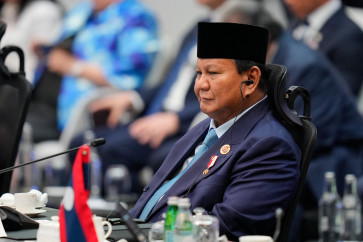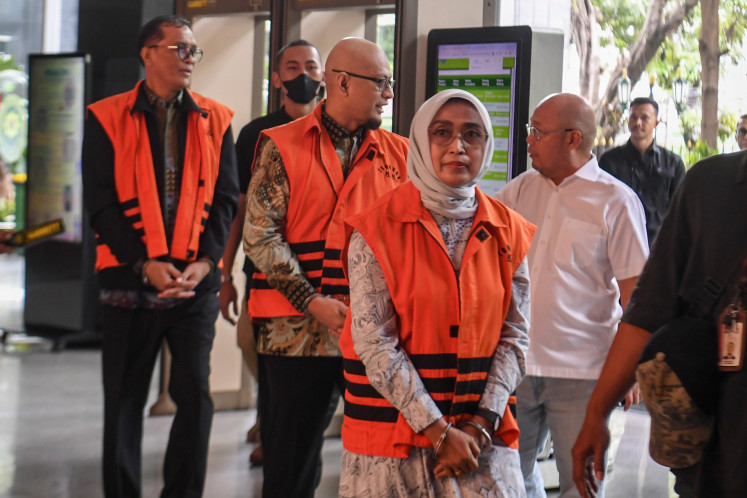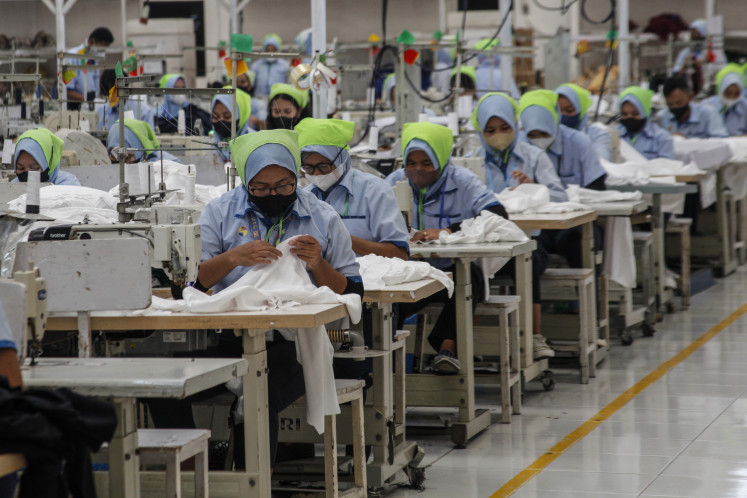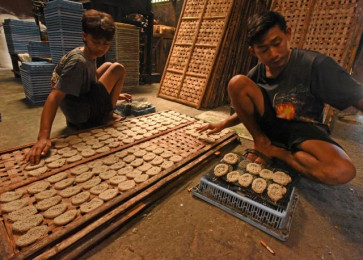Popular Reads
Top Results
Can't find what you're looking for?
View all search resultsPopular Reads
Top Results
Can't find what you're looking for?
View all search resultsRevisiting policies on lowering the credit cost for Indonesian banks
Despite being on a declining trend since the 1998 Asian financial crisis, credit cost in Indonesia still remains the highest in ASEAN-5, and a different policy approach is needed to make the banking sector more competitive.
Change text size
Gift Premium Articles
to Anyone
L
owering the cost of doing business such as financing costs is very important, especially for businesses that are cost competitive, like manufacturing.
Although credit cost in Indonesia has been on a declining trend since the 1998 Asian financial crisis, it was still not competitive at 8.5 percent in 2022 (World Bank). It remains the highest compared to its other ASEAN-5 peers: the Philippines at 7.1 percent, Singapore at 5.3 percent, Malaysia at 3.9 percent and Thailand at 3.1 percent. Meanwhile, the credit cost in China is at 4.3 percent.
Given the ongoing global monetary policy tightening, this poses a challenge for investment.
In a bid to bring down the credit rate, the government has issued many regulations, including on financial governance, literacy and bank consolidation, as well as transmission of monetary policy to credit rate.
However, the intervention model is rather ineffective and distortive. An example is the state budget allocation for government guarantees and interest subsidies for small and medium enterprise (SME) loans. The amount for just interest subsidy has increased 20 percent year-on-year to Rp 47 trillion (US$2.98 billion) in 2024, while banks’ SMEs portfolios have been stuck at 20 percent for years, indicating policy inefficiency in increasing SMEs’ access to loans.
Indonesia hence needs a different approach that could bring down the rate sustainably. To find the right solution, we need to examine the root causes of high credit rates. It should be noted that the cost of funds contributed only around 20 percent to the credit cost.
This is because around 60 percent of the total funds collected by banks are in current and savings accounts that carry interest rates of only 1 to 2 percent, much lower than the average 5.1 percent rate for time deposits. For the largest banks with core capital of more than Rp 75 trillion, the “cheap funds” ratio is even higher at 73-80 percent.



















